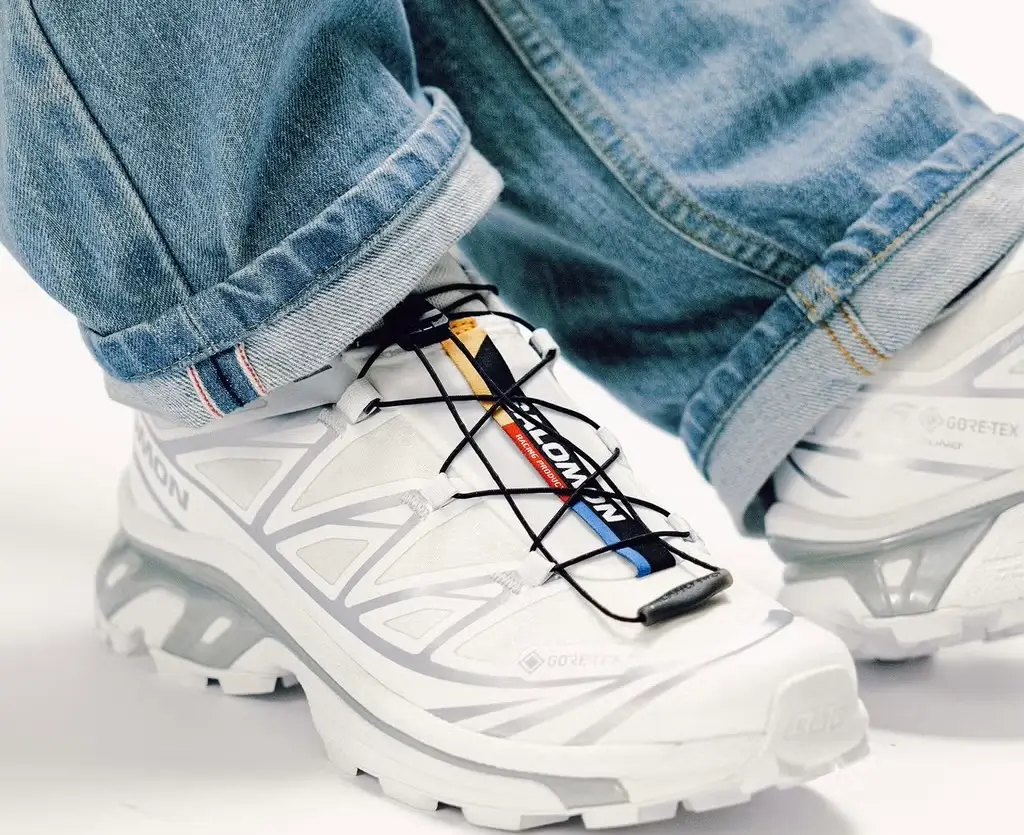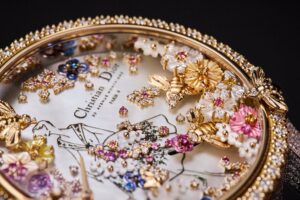The connection between artist Tom Sachs and Nike is one of the most celebrated partnerships in the sneaker world. The Nike Mars Yard collection, first introduced in 2012 and later updated in 2017, represents a fusion of art, design, and functionality. As a collaboration rooted in Sachs’ conceptual artistry and Nike’s innovation, the Mars Yard is more than just a sneaker—it’s a cultural phenomenon that challenges conventional ideas of what footwear can be.
The Origins of the Mars Yard
Tom Sachs, known for his industrial art style and fascination with space exploration, was an unconventional choice for a Nike collaboration. However, his background as a sculptor and his meticulous approach to design made him an ideal partner for a sneaker project that aimed to push boundaries.
The Mars Yard was inspired by Sachs’ work with NASA’s Jet Propulsion Laboratory (JPL). Sachs designed the sneaker to meet the rigorous demands of space exploration, incorporating materials and construction techniques used in aerospace technology. The original Mars Yard (2012) was named after the Mars Yard testing ground at JPL, where robotic rovers are tested before their missions to Mars. The shoe’s aesthetic and design ethos reflect this connection to space, science, and exploration.
Design and Materials
The Mars Yard stands out for its utilitarian design and unconventional material choices. The original 2012 release featured a combination of Vectran (a high-strength fabric used in space parachutes), suede, and mesh. These materials were selected for their durability and lightweight properties, aligning with Sachs’ goal of creating a functional, wearable object that could withstand rigorous use.
In the 2017 Mars Yard 2.0, Sachs and Nike revisited the design to address durability issues found in the original model. The mesh upper was replaced with a more robust polyester warp-knit tricot mesh, while other elements of the shoe, such as the Vectran straps and suede overlays, were refined for improved performance and longevity. This update demonstrated Sachs’ commitment to iterative design, a process he frequently references in his artwork.
The colorway—beige, red, and brown with hints of blue—further reflects the Mars Yard’s utilitarian roots. It’s a palette that evokes images of Mars’ dusty terrain while maintaining a stylish, understated aesthetic that appeals to sneaker enthusiasts and art collectors alike.
Functionality Meets Art
The Mars Yard is not just about style; it’s about function. Sachs famously stated that he designed the shoe for “scientists and space geeks” rather than athletes. This philosophy ties into his broader artistic practice, which often explores themes of labor, craftsmanship, and practicality.
One of the unique features of the Mars Yard is its emphasis on wearability. Sachs encourages owners to wear the shoes, break them in, and embrace their imperfections. This stands in stark contrast to the culture of keeping sneakers pristine as collectibles. By advocating for use over preservation, Sachs challenges the consumerist tendencies often associated with sneaker culture.
Impression
The Tom Sachs x Nike Mars Yard quickly became a grail for sneakerheads and art enthusiasts. Its limited release and high-profile collaboration elevated its status within the sneaker community. But beyond the hype, the Mars Yard represents a shift in how sneakers are perceived—not just as fashion items, but as cultural artifacts that bridge the worlds of art, design, and functionality.
The Mars Yard also played a role in popularizing storytelling within sneaker collaborations. Sachs’ involvement in every aspect of the design process, from material selection to the accompanying promotional campaign, imbues the shoe with a narrative depth rarely seen in other collaborations.
Wear Test Program: A Unique Approach
One of the most innovative aspects of the Mars Yard’s release was the accompanying Wear Test Program. For the Mars Yard Overshoe (2019), Sachs and Nike invited participants to test the shoes in real-world conditions before their release. This program reinforced the idea that the Mars Yard is meant to be used, not just displayed.
Participants in the Wear Test Program were required to document their experiences, highlighting the durability and performance of the sneakers. This interactive approach blurred the lines between art and commerce, engaging users in a collaborative, experiential process that extended beyond the product itself.
Challenges and Controversies
Despite its acclaim, the Mars Yard collaboration hasn’t been without its challenges. One notable issue was the durability of the 2012 release, which led to the significant updates in the 2017 Mars Yard 2.0. Additionally, the limited availability of the sneakers has made them highly sought after on the resale market, with prices often exceeding thousands of dollars.
This exclusivity has sparked debates about accessibility in the sneaker community. While the Mars Yard’s scarcity aligns with its artistic roots, some argue that it alienates everyday consumers who admire the shoe’s design and philosophy but cannot afford the inflated resale prices.
The Mars Yard Beyond Sneakers
The success of the Mars Yard collaboration has extended beyond footwear. Sachs and Nike have also released apparel and accessories that reflect the same utilitarian aesthetic. Pieces like the Mars Yard Overshoe, inspired by astronaut footwear, and the Mars Yard GPS tote bag further expand the narrative of space exploration and functionality.
Additionally, the collaboration has influenced other artists and designers, inspiring a wave of sneakers and products that prioritize storytelling and innovative materials. The Mars Yard’s impact on the broader culture of design cannot be overstated.
Why the Mars Yard Matters
The Mars Yard is more than a sneaker—it’s a statement about the intersection of art, design, and utility. Sachs’ insistence on wearability, combined with Nike’s commitment to innovation, creates a product that challenges conventional ideas of what a sneaker can be.
By encouraging users to embrace imperfection and prioritize function over form, the Mars Yard stands as a critique of consumerism and a celebration of craftsmanship. It’s a shoe that asks us to reconsider our relationship with the objects we wear and the stories they tell.
What’s Next for Tom Sachs and Nike?
As of now, there’s no official announcement of a new Mars Yard iteration, but the collaboration’s legacy continues to influence both the art and sneaker worlds. Fans of the Mars Yard eagerly anticipate what Sachs and Nike might create next, hoping for a product that pushes boundaries while staying true to the values of functionality and storytelling.
Given Sachs’ history of innovation and his dedication to iterative design, any future collaboration is likely to build on the themes established by the Mars Yard while introducing new ideas and materials.
The Tom Sachs x Nike Mars Yard is more than just a shoe—it’s a cultural touchstone that embodies the spirit of exploration, both literal and figurative. From its roots in NASA’s Mars Yard testing ground to its place in the sneaker and art communities, the Mars Yard is a testament to the power of collaboration and creativity.
Whether worn as a daily driver, displayed as a collector’s item, or studied as a piece of design history, the Mars Yard continues to inspire. It challenges us to see sneakers as more than mere footwear, inviting us to consider their potential as tools for storytelling, self-expression, and cultural connection.
As Tom Sachs himself might say, the Mars Yard is not about perfection—it’s about progress. And in that sense, it’s a masterpiece in motion, always evolving, always pushing boundaries, and always asking us to think differently.
No comments yet.








